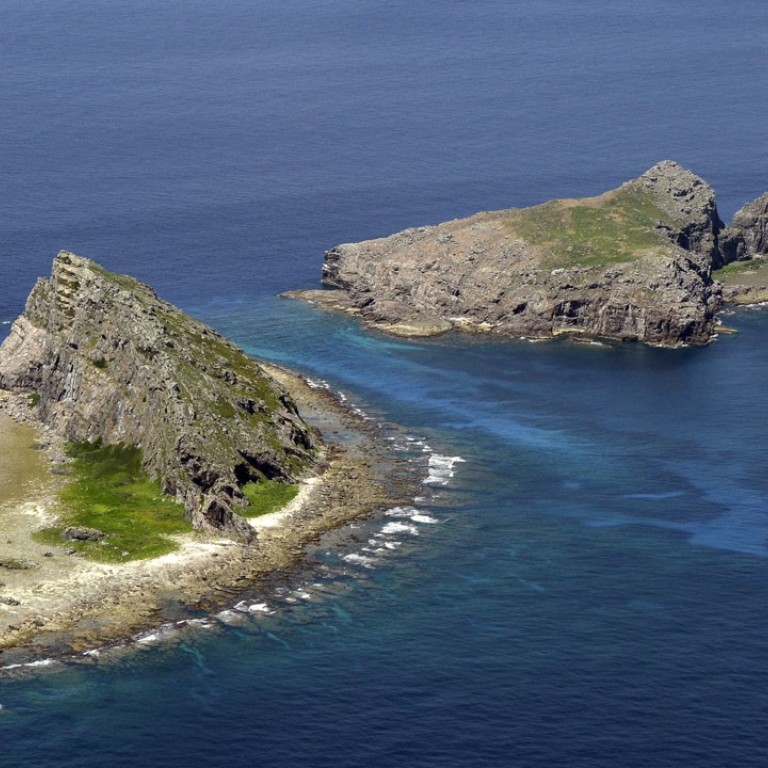
Japan is developing supersonic glide bombs to defend remote islands
Japan eyes longer-range weapon for operations to retake claimed territory
Japan is to develop a new generation of supersonic gliding bombs designed to give its military the ability to deliver a warhead from a safe distance if outlying islands it controls come under attack or are occupied by an enemy force.
Officials of the Defence Ministry in Tokyo told Jiji Press news agency that it intends to develop an early prototype and then deploy a fully functional weapon by 2025.
Funding for the initial research has already been set aside under the ministry’s budget for this year, while an additional 13.8 billion yen (US$122 million) has been requested under next year’s budget.
Japan denies submarine drill in South China Sea is a warning to Beijing
Garren Mulloy, an associate professor of international relations at Japan’s Daito Bunka University and an authority on defence issues, said the new weapon would be designed to complement the cruise missiles that the Japanese military has already deployed.
“Up until now, the Japanese have been very short of these precision-guided munitions, especially in comparison to the US, Nato or the Russians, so it comes as no surprise that they want to look into these sorts of weapons,” he said.
The weapons are expected to be deployed aboard mobile, land-based launchers.
Given Tokyo’s concern over the possibility of China occupying the Diaoyu Islands – the archipelago in the East China Sea that Tokyo controls but Beijing claims – it is possible that the first units would be deployed on islands within range of that potential flashpoint.
Those islands include Miyako and Ishigaki, part of Okinawa Prefecture.
Japan’s Abe aims for constitution change for military in bid for extended term
The system would launch a missile to reach an altitude of more than 20km before the glide bomb separates and is guided at high speed to its target.
The weapon’s speed and steep angle of approach are designed to make it more difficult to intercept.
Mulloy said it was likely that the new bombs would be designed for use against military vehicles, fixed emplacements, buildings and smaller ships, such as troop-carrying vessels, while cruise missiles would still be used to attack larger ships.
Japanese companies have a high degree of expertise in developing advanced weapons systems.
Japanese nationalists apologise for comfort woman statue kick
However, such weapons have solely been used by the Japan Self-Defence Forces, because firms were effectively banned from selling them to other countries under the terms of the Three Principles on Arms Exports.
That ban was ended by the government of Shinzo Abe in April 2014.
Since an easing of the rules, Japan now has joint research deals with Britain, Australia and France.
But Japan is unlikely to try to sell the new gliding weapons overseas Mulloy said, as Tokyo remains reluctant to antagonise other nations in the region.
Japan has been promoting the transfer of defence equipment to Southeast Asian countries to help their maritime security capabilities amid China’s growing presence in the South China Sea, but deals have been limited to the sale of TC-90 surveillance aircraft to the Philippines.
Additional reporting by Reuters

